It’s become one of Disney’s favorite tricks – with the accidentally horrifying Tron: Legacy getting the ball rolling before the Marvel Cinematic Universe and Star Wars took it to the next level, but Indiana Jones and the Dial of Destiny director James Mangold has ironically decreed that the technology is not the future of the motion picture business.
Of course, the entire first act of the upcoming sequel is set during Harrison Ford’s heyday, with the peak-era archeologist being painstakingly recreated via techniques that have been dubbed among the best ever seen. However, while speaking with Inverse about the decision to restore the leading man to his more youthful visage, the Academy Award-nominated filmmaker was bullish on its overall importance.
“I don’t think it’s the future of movies, but I think it’s another tool at our disposal. I guess everyone could have said, is this the future? These are all tools that can be used or misused. The reality is that, one way or another, for better or for worse, almost all visual effects are now happening in a digital realm. So you can call them all CGI because they’re no longer building models and making matte paintings, or if they’re doing those things, they’re building the models in a digital space or making the paintings in a digital space.
To me, the opportunity was really not about the technology. The goal of the opening sequence of the movie was to give the audience a blast of the classic golden-age Indy I missed, and they miss: to have an adventure in the middle of World War II, good guys versus bad Nazis versus allies. Then as that sequence ends, to land in the sobering reality of where we are in 1969 with our hero, who is now in his ‘70s. Part of that is to jolt the audience and to kind of go, ‘Oh, whoa. Okay.’”
As the man himself famously said; it ain’t the years, honey, it’s the mileage. In the case of Indiana Jones and the Dial of Destiny, though, Mangold and Ford are having their cake and eating it, too.

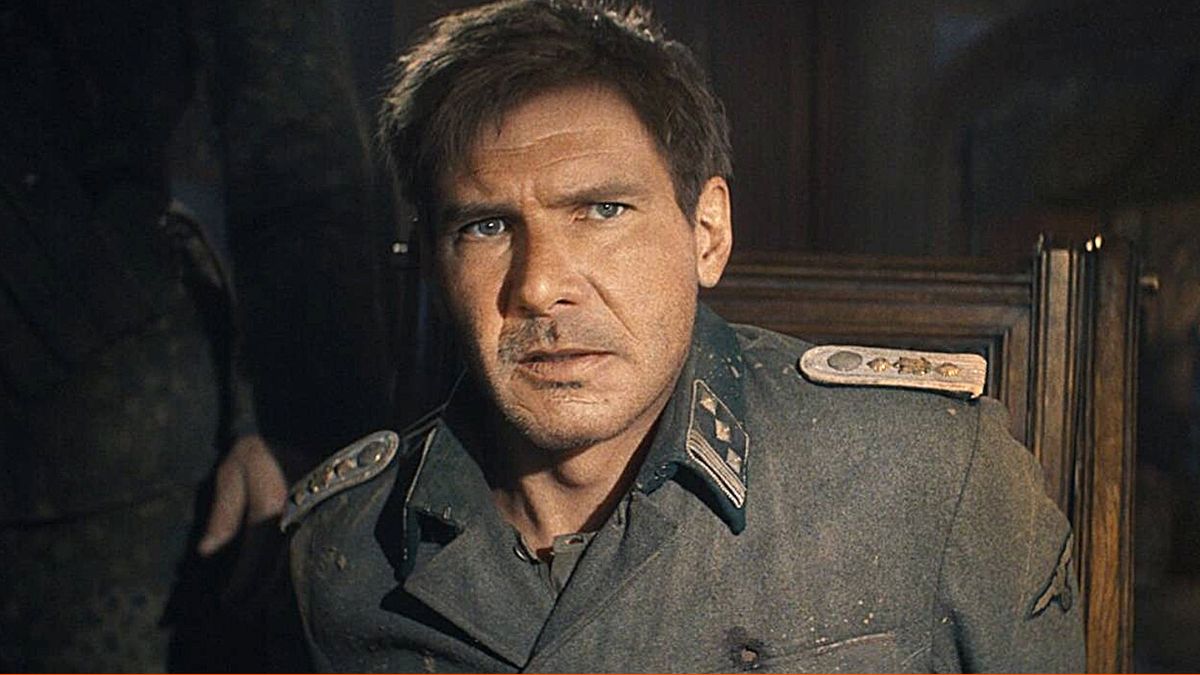
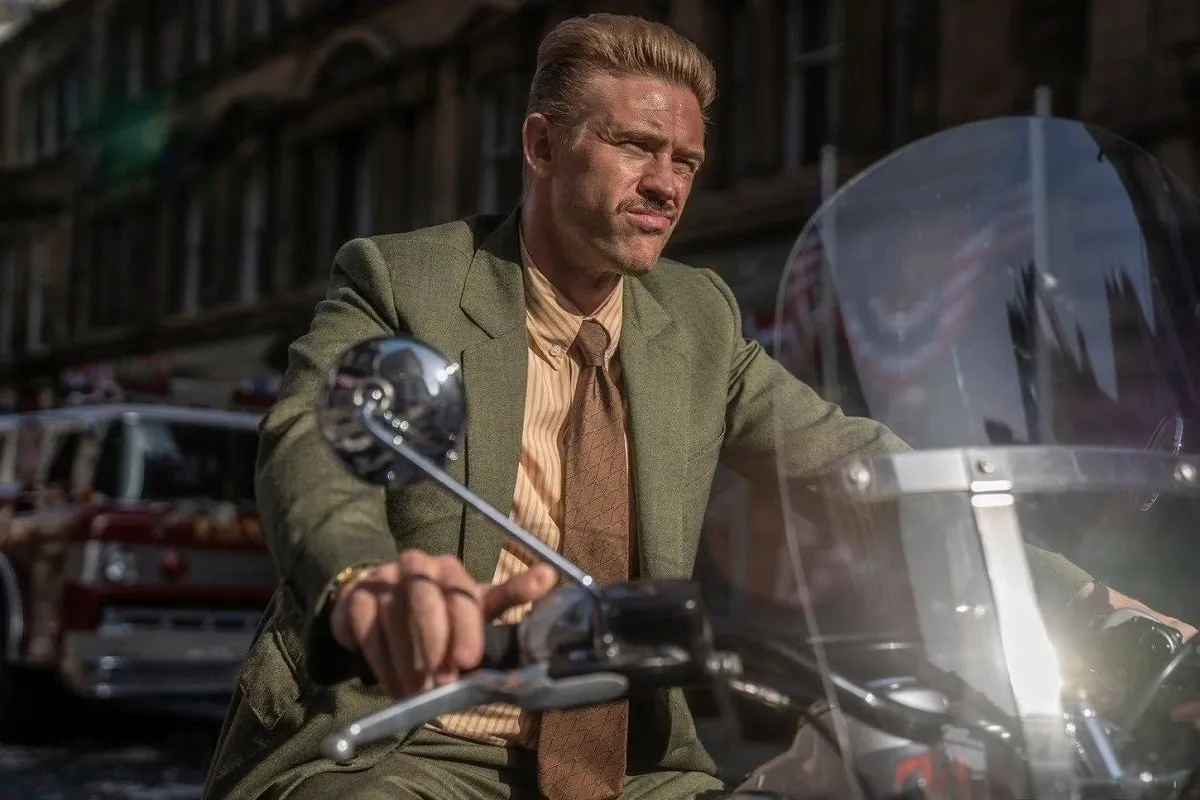
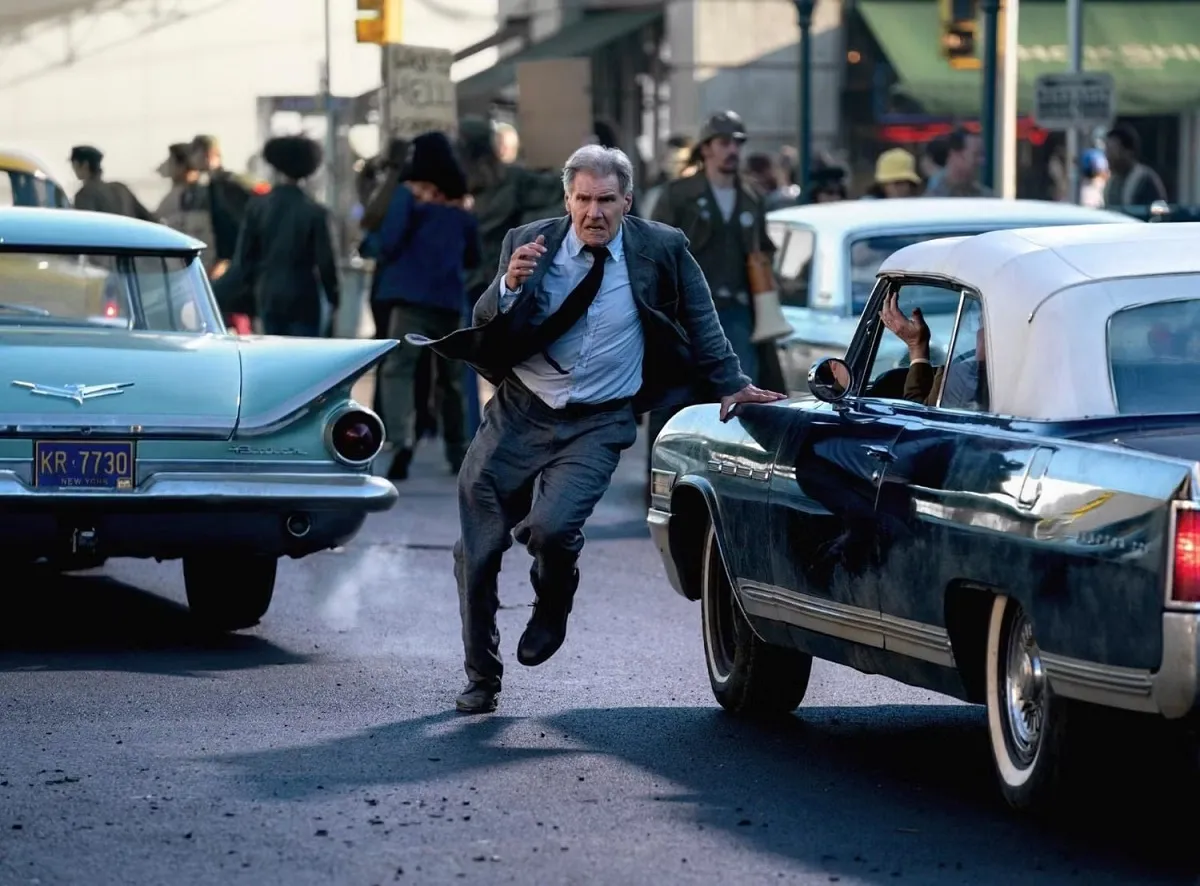
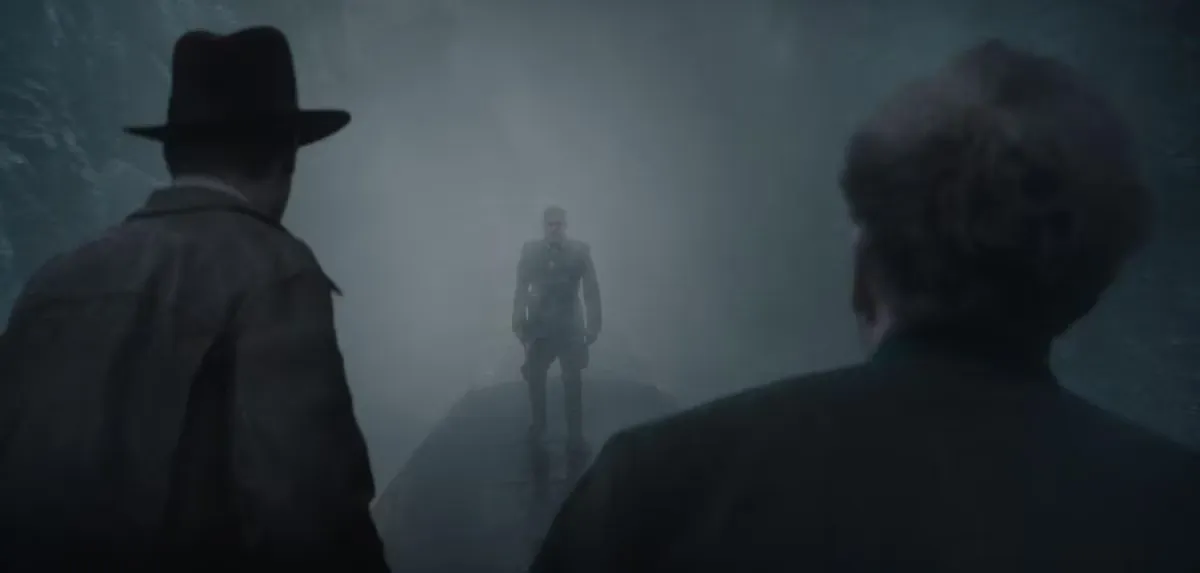
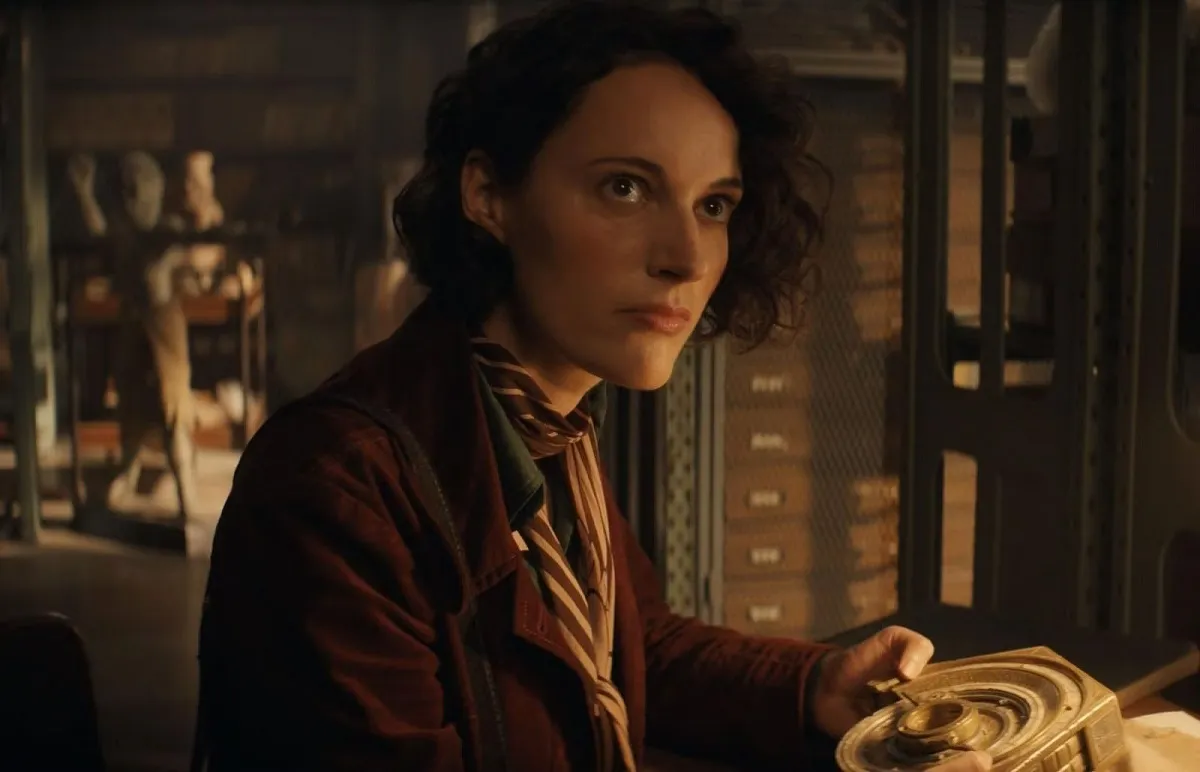
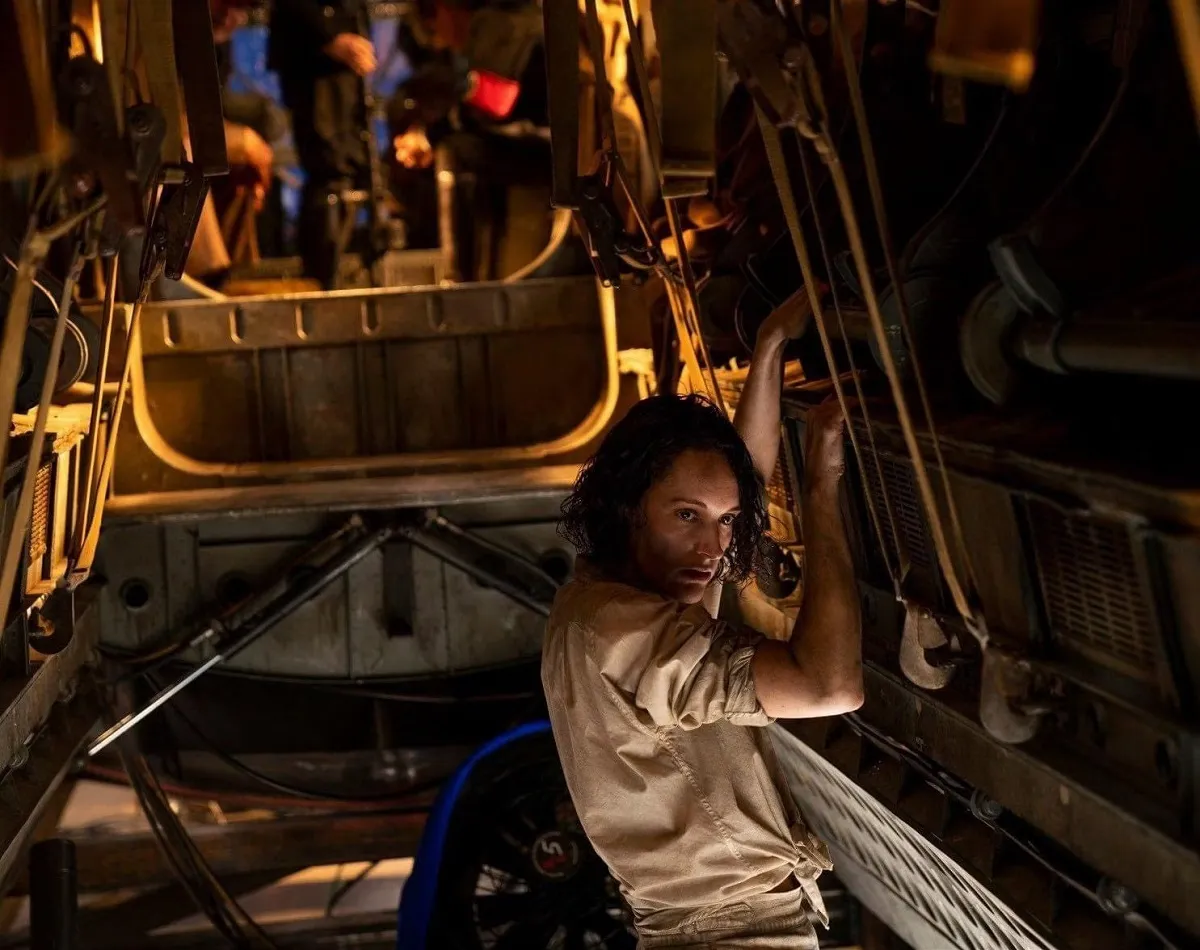
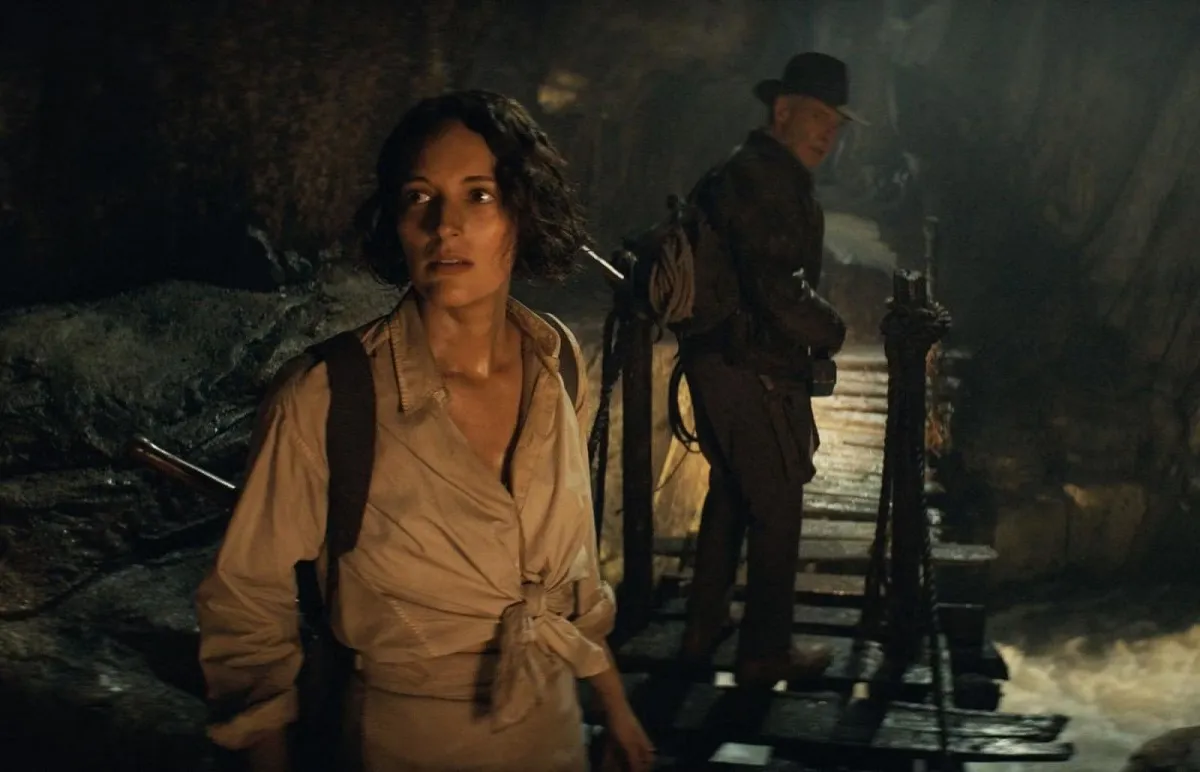
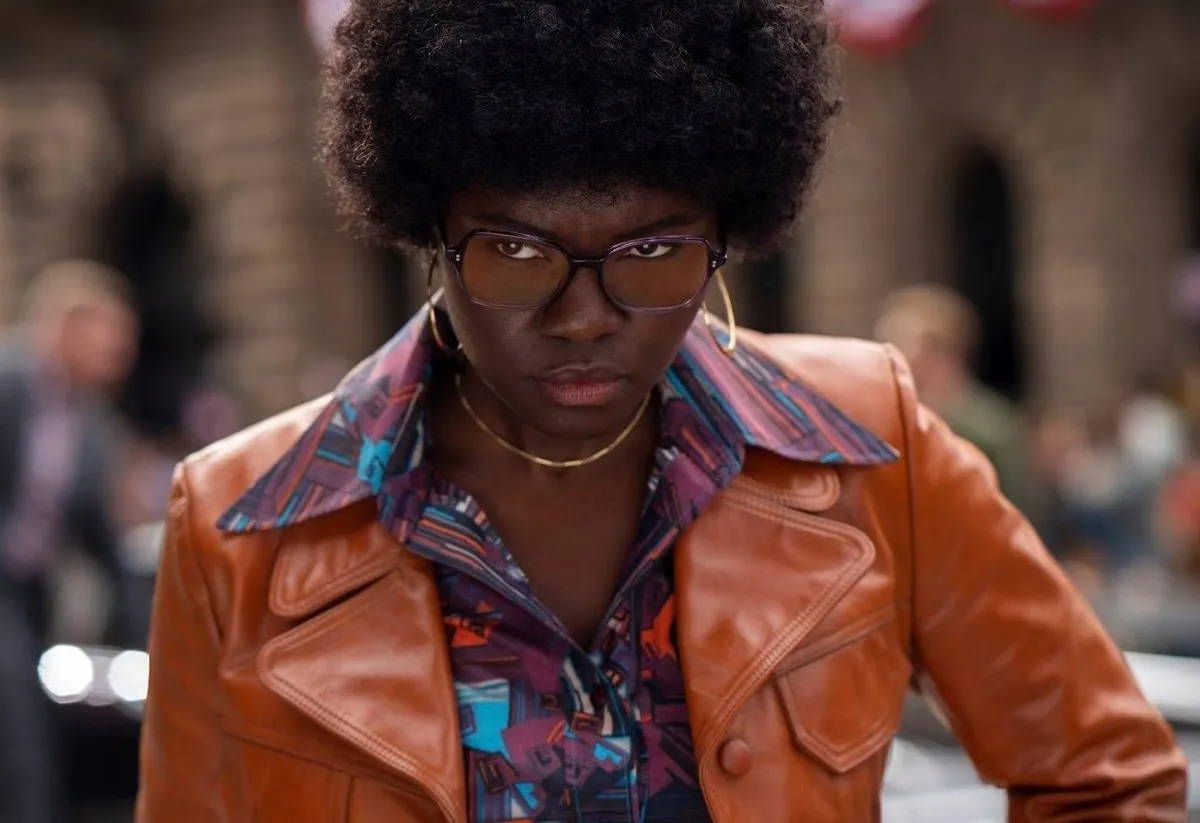









Published: Jun 13, 2023 10:30 am